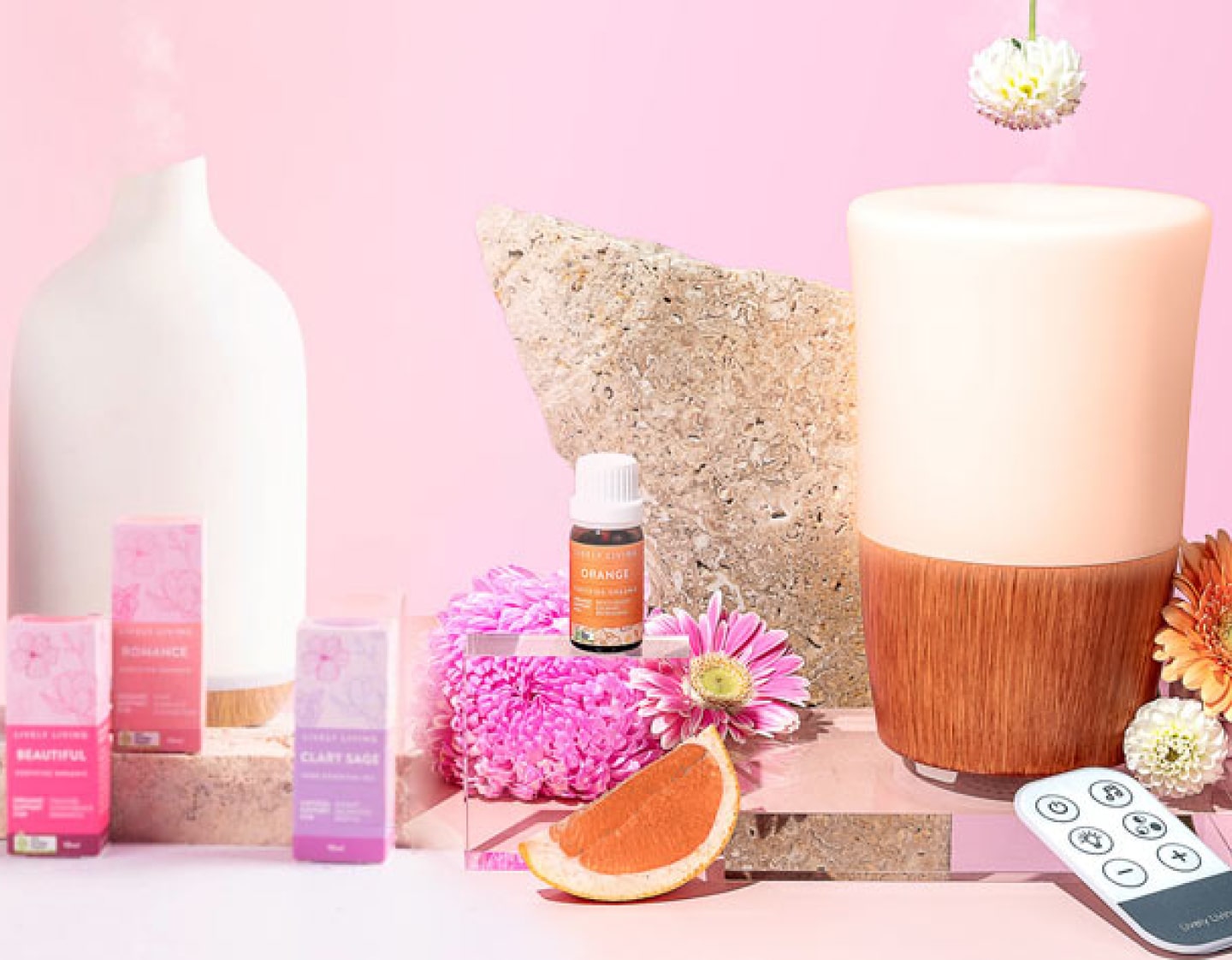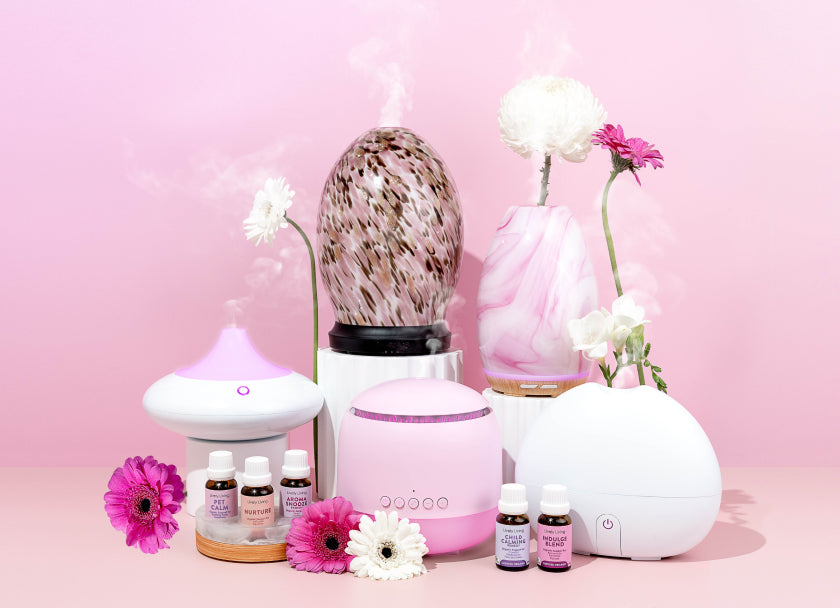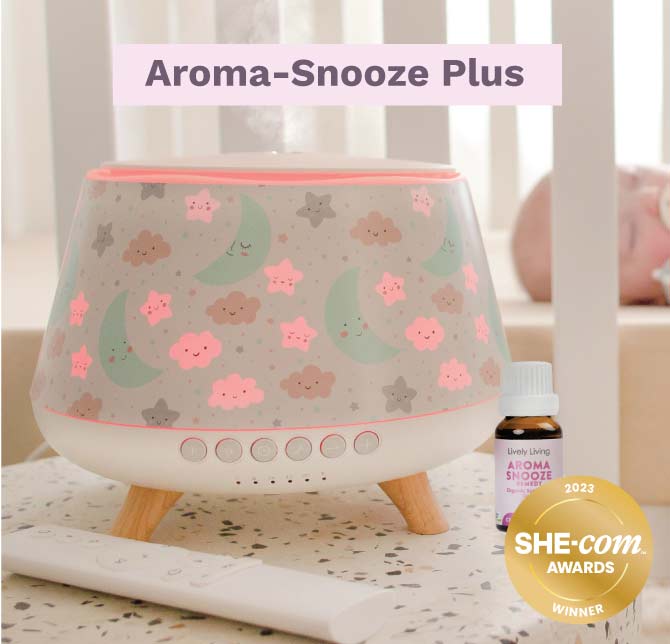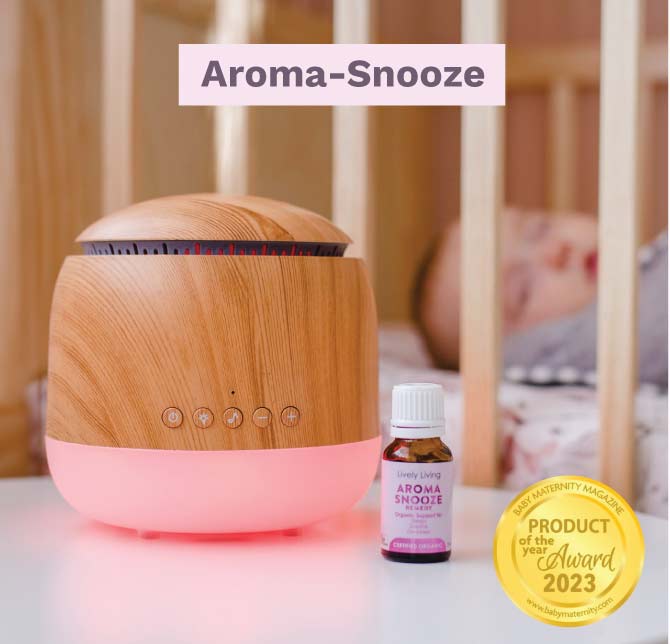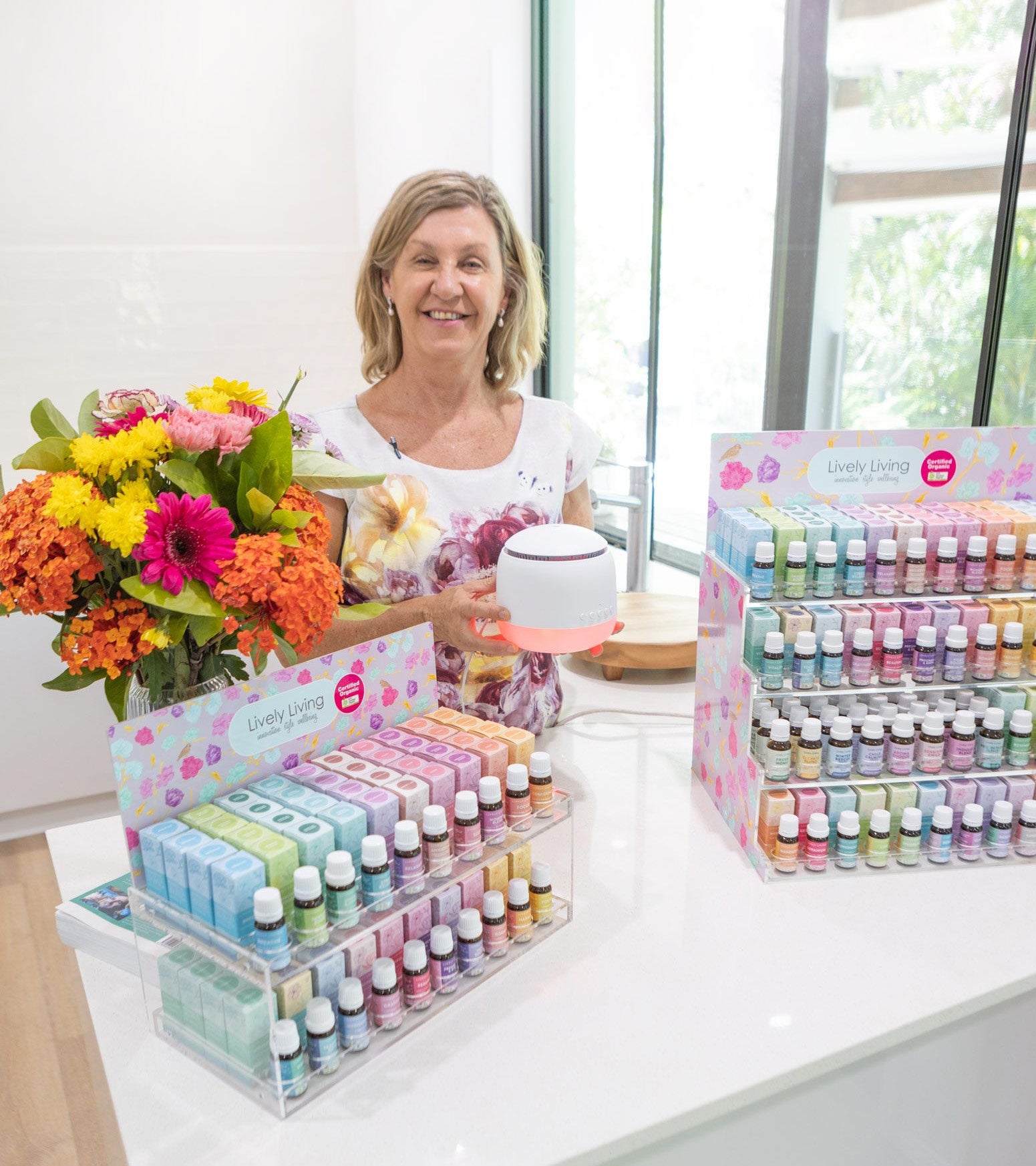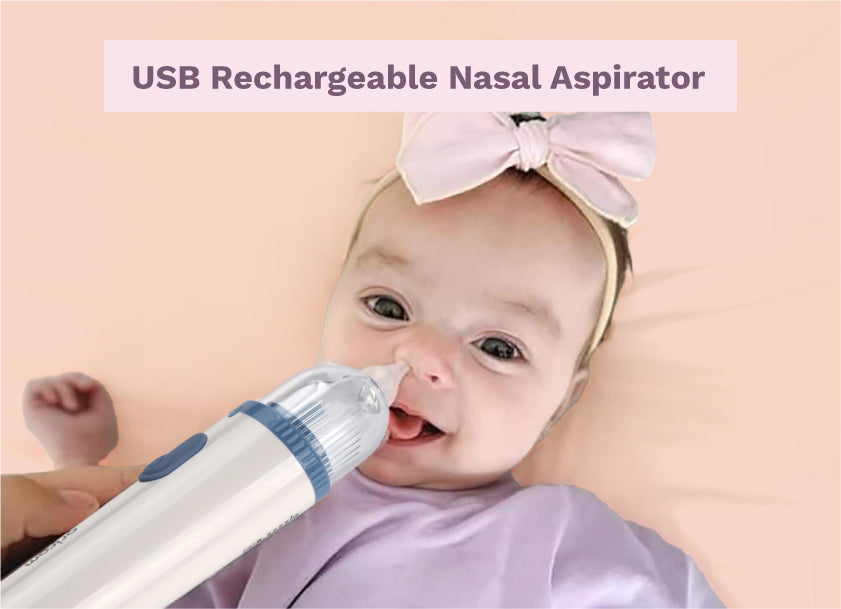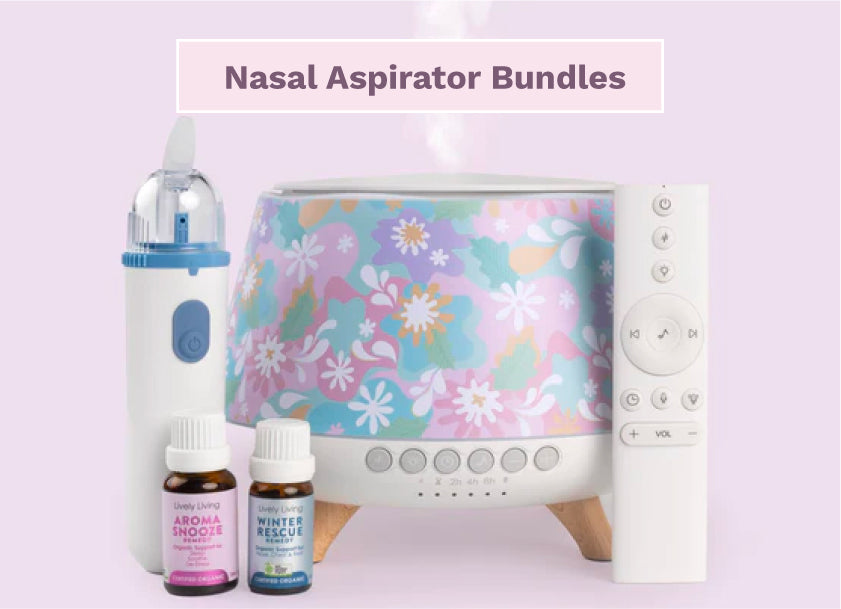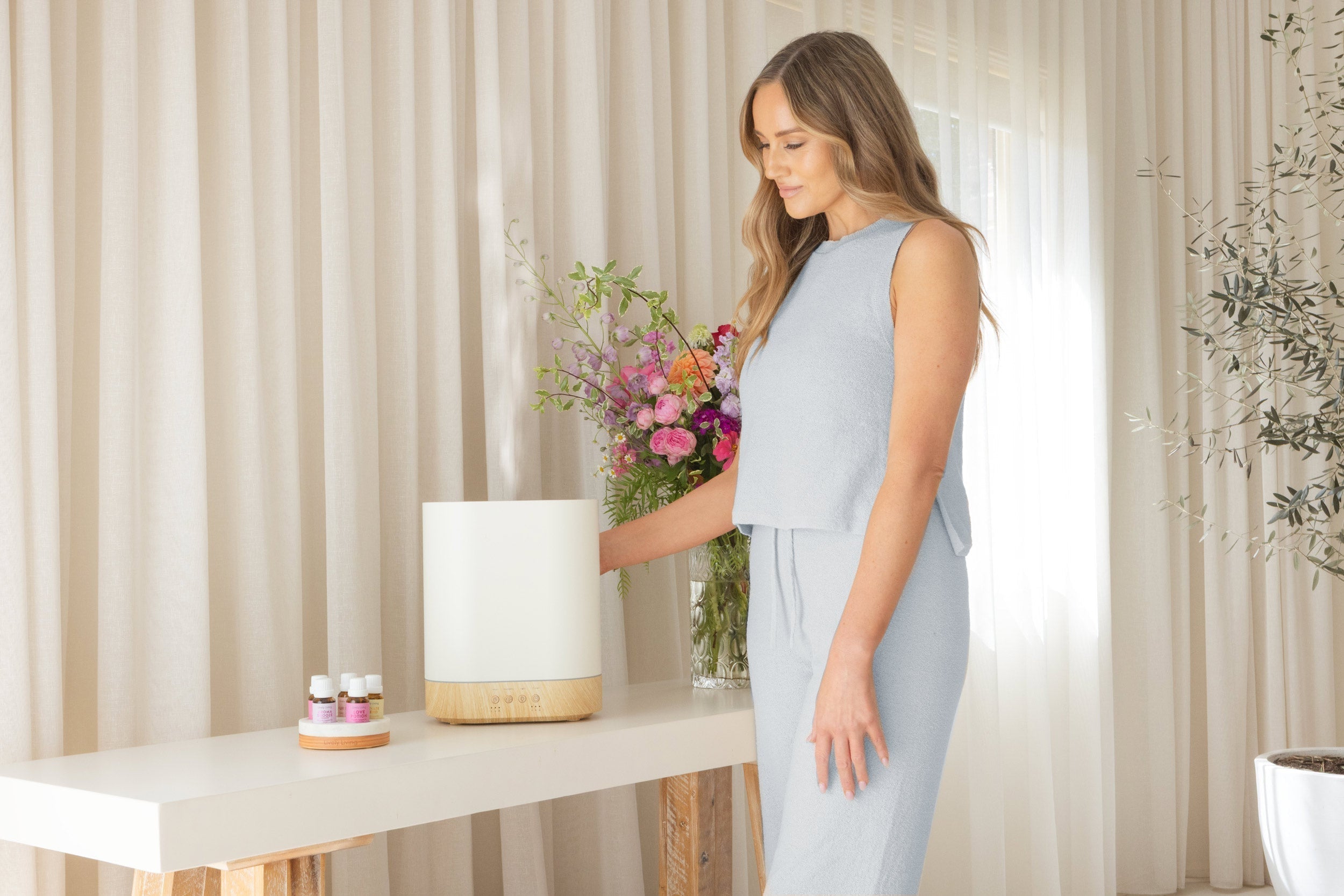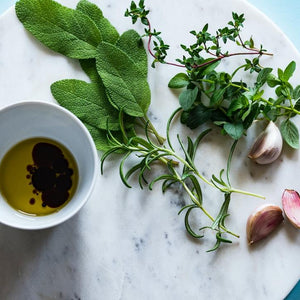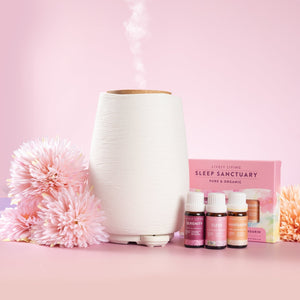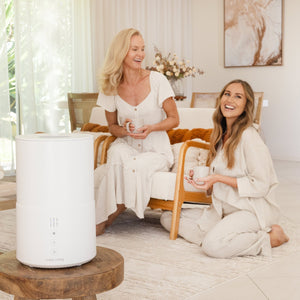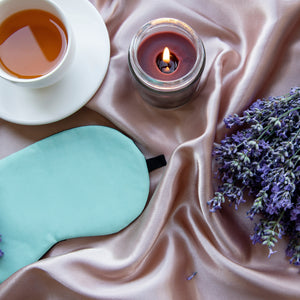Beyond Diffusing: Fresh Ways to Use Essential Oils at Home
Essential oils are popular in many homes, often used with an oil diffuser to spread pleasant scents. However, the journey with these potent plant extracts doesn't stop there; there's a wealth of applications 'Beyond Diffusing: Creative Ways to Use Essential Oils at Home.' This guide will explore various practical and imaginative methods to incorporate your favorite essential oil into daily routines, transforming your living space and wellness practices.
From freshening your home naturally to crafting personal care items, essential oils offer many benefits. You can even use them in the kitchen or for keeping pests away. Get ready to discover how to make the most of these versatile oils safely and effectively.
Table Of Contents:
- Cleaning and Freshening
- Personal Care and Wellness
- In the Kitchen
- Home Decor and Ambiance
- Pest Control
- Laundry Helper
- Refreshing Your Car
- Important Safety Considerations When Using Essential Oils
- Conclusion
Cleaning and Freshening
Essential oils can be fantastic additions to your cleaning arsenal. They not only impart a wonderful, natural fragrance to your home but many also possess properties that can help keep things clean. Using essential oils in cleaning means you can fragrance naturally without harsh chemicals.
All-Purpose Cleaner
Create an effective all-purpose cleaner by mixing water, white vinegar, and several drops of lemon, tea tree, or orange essential oil in a spray bottle. Lemon oil is excellent for cutting through grease, while tea tree oil is known for its cleansing properties. This homemade solution is great for countertops, sinks, and other surfaces, leaving behind a fresh, clean scent without synthetic additives.
Before using on delicate surfaces, it's always a good idea to test a small, inconspicuous area. For an extra cleaning boost, you can add a small amount of liquid castile soap to your spray mixture. This natural cleaner is a simple way to maintain a healthy home environment.
Carpet Refresher
Refresh your carpets and rugs by sprinkling a mixture of baking soda and a few drops of your favorite essential oil before vacuuming. Baking soda is a natural deodorizer, absorbing unwanted smells trapped in carpet fibers. Adding oils like lavender or chamomile can promote relaxation in bedrooms, while peppermint or citrus oils can invigorate your living space.
Allow the baking soda and essential oil mixture to sit on the carpet for at least 15-30 minutes, or longer for tougher odors, then vacuum thoroughly. This method not only deodorizes but also leaves a subtle, pleasant aroma, making your carpets smell amazing. It's a fantastic way to freshen up your entire home.
Trash Can Deodorizer
Keep unpleasant trash can odors at bay by placing a cotton ball with a few drops of tea tree, lemon, or a purification essential oil blend at the bottom of the bin. These oils help neutralize odors rather than just masking them. This simple trick helps your kitchen or bathroom stay smelling fresh.
Replace the cotton ball weekly or whenever you change the trash bag to maintain effectiveness. Alternatively, you can put some baking soda in the bottom of the can and add drops of your chosen oil to it. This is an easy step to ensure a more pleasant atmosphere in high-traffic areas of your home.
Bathroom Air Freshener with a Toilet Paper Roll
A clever and simple way to keep your bathroom smelling fresh is by using a toilet paper roll. Simply add a few drops of your preferred essential oil directly onto the inside of the cardboard center of the toilet paper roll. Popular choices for bathrooms include spearmint for a clean scent or citrus oils like lemon or bergamot for uplifting freshness.
Each time the toilet paper is used, the movement will gently diffuse the lovely scent into the air. This method provides a subtle, consistent fragrance without needing a separate air freshener. It's a discreet and effective way to enhance the bathroom environment.
DIY Room Spray
Crafting your own room spray is an excellent way to fragrance naturally and customize the scent of your living space. In a clean spray bottle, combine distilled water with a tablespoon of witch hazel or vodka (which helps the oil and water mix). Then, add 15-20 drops of your favorite essential oil or a curated oil blend.
Shake the spray bottle well before each use and lightly mist into the air, avoiding direct spray on delicate fabrics or surfaces. You can create different spray recipe options: a calming lavender and chamomile blend for bedrooms, or an energizing citrus and mint mixture for common areas. This allows you to easily refresh any room with a personalized, natural aroma.
Personal Care and Wellness
Essential oils can significantly elevate your personal care and wellness routines. They offer natural ways to relax, rejuvenate, and create custom products. Using your favorite essential oils can turn simple daily habits into therapeutic experiences.
Relaxing Bath Soak
Transform your bath into a soothing retreat by adding a few drops of lavender, chamomile, or ylang-ylang oil. These oils are known to promote relaxation and can help melt away stress after a demanding day. It is important to dilute essential oil properly before adding to bathwater to avoid skin irritation.
Mix 5-10 drops of your chosen essential oil with a tablespoon of a carrier oil like jojoba, sweet almond, or fractionated coconut oil, or even with Epsom salts before adding to the warm water. This helps disperse the oil safely. Taking a warm bath with essential oils can also improve sleep quality.
Homemade Massage Oil
Create a personalized massage oil by blending your favorite essential oil with a suitable carrier oil. Jojoba, sweet almond, grapeseed, or fractionated coconut oil are all excellent choices. For sore muscles, consider adding peppermint or eucalyptus oil; for relaxation, lavender or sandalwood are wonderful options.
The typical dilution is about 15-20 drops of essential oil per ounce (30ml) of carrier oil. This homemade massage oil can relieve tension, soothe muscles, and nourish the skin. Sharing a massage with a relaxing aroma can be a bonding experience and contribute to better sleep.
Natural Perfume
Craft your own unique, natural perfume by mixing essential oils with a carrier oil. Apply this blend to your pulse points, such as wrists, neck, and behind the ears, for a subtle and personal fragrance throughout the day. This method allows you to enjoy beautiful scents without synthetic chemicals found in many commercial perfumes.
Experiment with single notes or create an essential oil blend that reflects your personality. For a convenient application, use a rollerball bottle: fill it mostly with a carrier oil like fractionated coconut oil, then add 5-10 drops of your chosen essential oil or blend. You can also wear your scent using diffuser jewelry, like a necklace or bracelet with a porous lava stone.
Essential Oil Inhaler for a Quick Pick-Me-Up
An essential oil inhaler is a discreet and portable way to benefit from aromatherapy on the go. To make one, you'll need a blank inhaler tube (available online) and a cotton wick. Simply add 5-10 drops of your chosen essential oil onto the cotton wick, insert it into the inhaler, and seal it.
For a quick pick-me-up, use invigorating properties of oils like peppermint, eucalyptus, or a citrus blend. For calming moments, lavender or frankincense can help you take a deep breath and center yourself. This oil inhaler is perfect for use at work, while traveling, or anytime you need a moment of aromatic support.
Gentle Steam Facial
Experience a spa-like facial at home using the gentle steam method with essential oils. Boil some hot water and carefully pour it into a heatproof bowl. Add 1-2 drops of a skin-friendly essential oil such as lavender for calming, tea tree for clarifying, or chamomile for soothing.
Drape a towel over your head to create a tent and lean over the bowl, keeping your face about 10-12 inches away from the hot water. Close your eyes and breathe deeply for 5-10 minutes, allowing the steam to open your pores and the chosen oil to work its magic. This practice can help cleanse your skin and promote a sense of well-being.
In the Kitchen
Essential oils can bring an exciting dimension to your culinary creations, adding concentrated flavors to food and drinks. It is absolutely critical to remember that only specific, food-grade essential oils labeled safe for internal use should ever be considered for consumption. Always use them very sparingly, as they are highly potent.
Flavored Water
Add a refreshing twist to your hydration routine by putting a single drop of a food-grade citrus essential oil like lemon, lime, or wild orange into a large glass or pitcher of water. This can make drinking water more appealing and help you stay hydrated. You could even try a drop of food-grade lemon ginger essential oil, combining the zest of lemon with the warmth of ginger root.
Ensure the essential oil is properly dispersed by stirring well. This is a much healthier alternative to sugary sodas or artificially flavored drinks. Always start with the smallest amount, as even one drop can be quite flavorful.
Baking Enhancer
Elevate your baking with a drop or two of food-grade essential oil. Peppermint oil can add a vibrant kick to chocolate desserts like brownies or cookies. A hint of cinnamon bark or cardamom oil can enhance apple pies, spice cakes, or oatmeal cookies, sometimes imparting notes reminiscent of vanilla orchid when combined with other flavors.
Start with just one drop and taste before adding more, as the flavor is very concentrated. Using essential oils in baking can provide a depth of flavor that extracts sometimes cannot match. Remember to use only those essential oils specifically designated as safe for ingestion.
Cooking Oils
Infuse your cooking oils with aromatic herbs by adding a drop of food-grade basil, oregano, rosemary, or thyme essential oil to a bottle of high-quality olive oil. This creates a gourmet dipping oil for bread or a flavorful base for salad dressings and marinades. Again, exercise extreme caution with dosage and ensure the oil is food-grade.
A little goes a very long way, so one drop in a cup of olive oil is often sufficient. This technique allows you to enjoy the essence of fresh herbs year-round in your culinary dishes. From a products view in the culinary world, such infused oils are highly prized.
Home Decor and Ambiance
Essential oils can do more than just make your home smell good; they can be integrated into your decor to create a specific mood or ambiance. Using your favorite essential oil can personalize your living space. Many aromatherapy diffuser options exist, but these methods offer creative alternatives.
Scented Pinecones
Create natural air fresheners by adding a few drops of cinnamon, pine, or fir essential oil to pinecones. This is especially lovely during the autumn and holiday seasons. Place the scented pinecones in a decorative bowl or basket as a festive centerpiece.
To enhance the scent, you can bake the pinecones at a low temperature (around 200°F or 93°C) for about 30 minutes to open them up and kill any bugs before adding the oils. Refresh the scent by adding more drops of your chosen oil every few days. This brings a lovely scent of the outdoors inside.
Linen Spray
Mix distilled water and 10-15 drops of lavender or chamomile oil in a fine mist spray bottle to create a soothing linen spray. Lightly spritz your bed linens, pillows, and towels to freshen them and promote a calming environment conducive to restful sleep. This can be part of a routine to improve sleep quality.
You can customize your spray mixture with other essential oils; for example, use citrus oils for an energizing morning spritz on shower towels. An essential oil pillow mist with a special sweet dreams blend can make bedtime more inviting. Always shake well before each use as oil and water will naturally separate.
Reed Diffuser
Make your own stylish reed diffuser by combining about 1/4 cup of a light carrier oil (like fractionated coconut oil or sweet almond oil) with 15-25 drops of your favorite essential oil or oil blend in a narrow-necked glass bottle. Insert 5-7 rattan reeds into the mixture. The reeds will absorb the scented oil and gently release the fragrance into the air.
This method provides a constant, subtle, and lovely scent, perfect for smaller spaces like bathrooms or entryways. Flip the reeds weekly to refresh the fragrance. This DIY aromatherapy diffuser is an elegant way to enhance your home's atmosphere.
Scent Your HVAC Filter
For a whole-house fragrance, you can carefully add a few drops of essential oil to your HVAC filter. When the system runs, it will circulate the scent throughout your home. Simply add about 5-10 drops of your preferred oil directly onto the filter material before installing it.
Choose lighter, fresh scents like lemon or peppermint, as heavier scents might become overwhelming. Be sure not to oversaturate the filter and check that your HVAC system manufacturer doesn't advise against this. This is a simple way to keep your entire living space smelling pleasant, especially with compatible HVAC filters.
Comforting Scented Stuffed Animal
For a child's comfort or your own, a lightly scented stuffed animal can be very soothing. Apply just one or two drops of a calming essential oil, like lavender or chamomile, to a small cloth or cotton ball. Then, tuck this inside the stuffed animal where it won't be directly touched or mouthed, perhaps within a seam or a small pouch if the toy has one.
This can help create a calming association, especially at bedtime, aiding in sweet dreams. Ensure the oil is used very sparingly and never applied directly to the toy's surface if a child will be handling it extensively, especially if they tend to put toys in their mouth. It's a gentle way to introduce a relaxing aroma.
Pest Control
Certain essential oils can act as natural deterrents for common household pests. This offers an alternative to chemical-based pesticides. Using essential oils for pest control can fragrance naturally while protecting your home.
Ant Repellent
Deter ants from entering your home by placing cotton balls soaked with a few drops of peppermint oil near entry points, windowsills, and along ant trails. Ants dislike the strong scent of peppermint. Cinnamon oil can also be effective.
Refresh the cotton balls every few days to maintain their potency. You can also make a spray mixture of water, a little soap, and peppermint oil to spray along baseboards or other areas where ants are seen. This is a simple, non-toxic way to manage ant problems.
Moth Deterrent
Protect your clothes from moths naturally by using cedarwood or lavender essential oil. Add several drops of one of these oils to wooden blocks, cotton balls, or small fabric sachets. Place these items in your closets, drawers, and storage chests.
The scent deters moths from laying their eggs on your garments. Refresh the scent every few weeks by adding more drops of your chosen oil. This is a pleasant-smelling alternative to traditional mothballs.
Mosquito Spray
Create a natural mosquito repellent by mixing essential oils known for their insect-deterring properties with witch hazel or a carrier oil. Citronella, lemongrass, eucalyptus, tea tree, and lavender oils are popular choices. In a small spray bottle, combine about 2 ounces of witch hazel or distilled water with 10-20 drops of your essential oil blend.
Shake well before each use and apply to exposed skin before heading outdoors. Always perform a patch test on a small area of skin first to check for any sensitivity or skin irritation. This homemade spray offers a way to enjoy the outdoors with fewer mosquito bites.
Laundry Helper
Essential oils can transform your laundry routine, making your clothes smell amazing and even providing a gentle cleaning boost. Adding your favorite essential oil to your laundry is an easy way to get a natural, lasting fragrance. These are some simple ways essential oils can enhance your laundry.
Dryer Sheets or Wool Dryer Balls
Instead of commercial dryer sheets, add a few drops of your favorite essential oil to a damp washcloth or, even better, to wool dryer balls. Toss them in the dryer with your wet clothes. Lavender, citrus oils, or geranium work wonderfully for a fresh, natural scent.
Wool dryer balls also help soften clothes and reduce drying time. Adding drops of your chosen oil to them before each load will infuse your laundry with a subtle, lovely fragrance. This is an eco-friendly way to achieve soft, scented clothes.
Stain Remover
Lemon essential oil can be a surprisingly effective natural stain remover, especially for grease spots or sticky residues. Apply a drop or two directly onto the stain and let it sit for a few minutes before laundering as usual. The potent degreasing properties of lemon oil can help lift the stain.
Always test on an inconspicuous area of the fabric first to ensure it doesn't affect the color or material. For tougher stains, you might make a paste with baking soda and lemon oil. This is a handy trick for tackling stubborn spots.
Scent Booster
Infuse your clothes with a lasting, natural fragrance by adding a few drops of essential oil to your washing machine during the rinse cycle. Alternatively, you can add 5-10 drops to the fabric softener compartment. This will give your entire load of laundry a subtle, pleasant scent that isn't overpowering.
Choose an oil blend that you enjoy, perhaps a calming lavender for bedding or an invigorating citrus for everyday wear. This is a simple way to customize the scent of your clean clothes. It is more natural than many commercial scent boosters.
Freshen Smelly Shoes
Combat shoe odors by placing a cotton ball with 2-3 drops of tea tree, lemon, or peppermint essential oil inside each shoe overnight. These oils have deodorizing and cleansing properties that can help neutralize bad smells. Remove the cotton balls before wearing the shoes.
For a more thorough treatment, you can lightly sprinkle baking soda mixed with a few drops of essential oil inside the shoes, let it sit, and then vacuum it out. This method leaves shoes smelling much fresher. It's a great way to deal with athletic shoes or any footwear prone to odor.
Refreshing Your Car
Your car can also benefit from the aromatic power of essential oils, helping to eliminate stale odors and create a more pleasant driving environment. Using your favorite oil can make your car smell amazing. There are several easy ways to make your car smell fresh naturally.
A very simple method is to place a few drops of an essential oil like peppermint, lemon, or a purifying blend onto a cotton ball or a small piece of felt. Tuck this into a car vent, a discreet corner, or the console. The airflow from the vents will help circulate the scent, and you can refresh by adding drops as needed.
Alternatively, consider using a dedicated car diffuser. Many types of car diffusers are available, from small passive ones that clip onto vents to USB-powered essential oil diffuser units. Simply add your preferred oil or essential oil blend to the car diffuser, and enjoy a customized car smell on every journey. This helps to avoid synthetic air fresheners and keeps your vehicle smelling naturally clean.
Important Safety Considerations When Using Essential Oils
While essential oils offer many benefits, it's vital to use them safely. Always dilute essential oil with a carrier oil (like coconut, jojoba, or almond oil) before applying it to your skin to avoid skin irritation. A general guideline is 1-2 drops of essential oil per teaspoon of carrier oil for adults.
Perform a patch test on a small area of skin before widespread topical use, especially if you have sensitive skin. Certain oils, particularly citrus oils, can cause photosensitivity, so avoid direct sun exposure on treated skin for at least 12 hours. It is crucial to distinguish pure essential oils from fragrance oils or synthetic fragrance; use only 100% pure essential oils from reputable sources, as fragrance oil products may contain synthetic additives not suitable for many of these applications.
When considering internal use, exercise extreme caution and use only essential oils specifically labeled as food-grade and safe for ingestion, and even then, only in very small, diluted amounts. Not all essential oils are safe to ingest, and some can be toxic. Keep essential oils out of reach of children and pets, as some oils can be harmful if ingested or applied undiluted. Research specific oils if you have pets, as some are toxic to them even when diffused. Using essential oils solely for their aroma via an aromatherapy diffuser is generally safe, but direct application or ingestion requires more knowledge and care.
Conclusion
Essential oils are incredibly versatile, offering far more applications than simply diffusing them in an oil diffuser. By exploring these creative ways to use essential oils at home, you can enhance your cleaning routines, personalize your self-care, add natural flavors in the kitchen, create a wonderful ambiance, and even manage pests. The possibilities range from adding drops to a toilet paper roll for a fresh bathroom to creating an essential oil pillow spray for sweet dreams.

